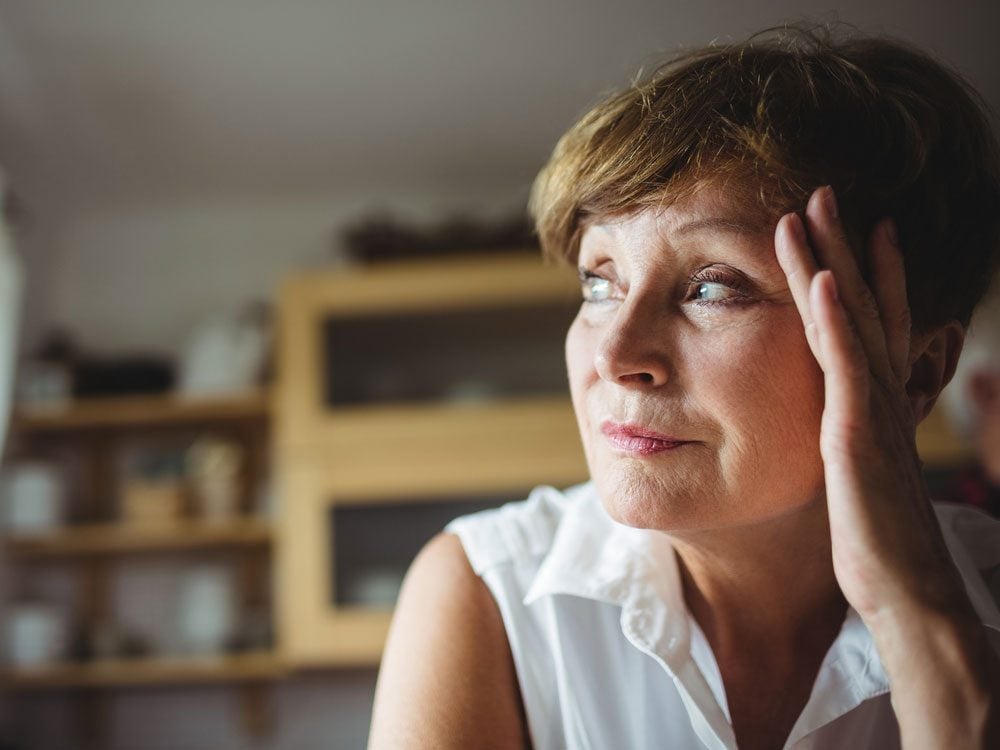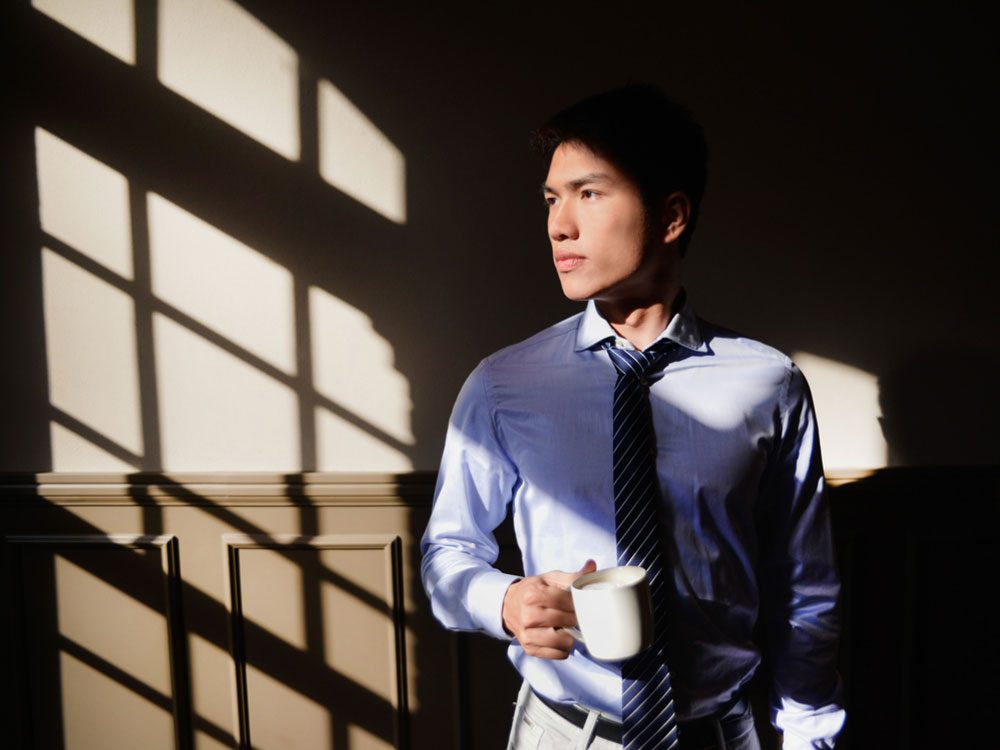
According to Psychologists, Everyone is Biased
Susan Lucas was surprised to realize she had so many racial biases. Two years ago, the Toronto-based registered psychotherapist was listening to an interview on the radio with a Black author and activist who posited that everybody is racist—even if they don’t realize it. “When I started to think about it, I recognized that, deep down, I do have some fears of, and aversions to, people of colour,” says the 63-year-old. Using the skills of her trade, Lucas got to work examining why she felt that way and finding ways to address it.
Society is facing something like a reckoning recently, as the news cycle is dominated by harrowing accounts of racism, sexism and homophobia across the arts, politics and many other fields. According to one 2016 survey, more than a third of Canadians admit they’ve made a racist remark in front of other people; one in five has been a victim of such a remark. Ongoing discrimination against Indigenous people in Canada has motivated the government to issue a formal apology and set up the Truth and Reconciliation Commission in an attempt to rectify wrongdoings.
But as the nation realizes it has work to do, every individual has an obligation to address the biases that live within them. Here are some tips on how to overcome prejudice and bring you closer to a life without bias.

Recognize and Redirect
Is everyone really racist, as the activist on the radio claims? According to myriad psychologists, the answer is yes. Thanks to something known as implicit bias, research has shown that it’s possible for you to dislike the idea of prejudice and still act in prejudiced ways. Consider the neighbourhoods you choose to live or socialize in, where you send your kids to school or whom you befriend. You may dismiss these as simple preferences, but beneath those decisions are often conscious, or subconscious, negative associations about other groups—prejudices that, in the bigger picture, reinforce inequalities.
One way to counteract implicit bias is to increase your exposure to positive media focused on the group that you’re making less-than-kind judgments about. A 2013 study run by UCLA’s Social and Identity Lab revealed that watching a clip of The Joy Luck Club, a movie about Chinese immigrants to the United States, induced empathy in its viewers and made them less biased toward Asian-Americans.
And while some people may want to claim that they don’t see stereotypes at all, a more realistic strategy is to accept that they exist but challenge them by coming up with examples of people within a specific group who defy these labels. Ultimately, implicit bias functions like a habit—once you become aware of it, you can take steps to break it.
Find out how Canada creates barriers for non-white immigrants.

Accept—Then Push Against—Your Limitations
Confronting one’s own prejudice at home is often more fraught than doing so anywhere else. Toronto-based social worker and family therapist Joe Rich says that neutralizing your feelings is more productive than beating yourself up about them. He poses the hypothetical, but common, scenario of a teenage son coming out to a mother who, due to ingrained stereotypes, is made uncomfortable by the admission. No matter how much she would like to, she can’t overcome those negative feelings in order to genuinely celebrate his self-discovery. But as ideal as a complete value alignment between family members may be, Rich suggests it’s not a parent’s job to fully grasp their teen’s choices. “In relationships, we think that understanding leads to change, but it’s acceptance that leads to change,” he says, adding that the attempt to live and let live is enough to begin the process of being more open-minded. (Here’s what you should never say when someone comes out.)
Changing any behavioural pattern is a gradual, difficult process, however, and some people will need encouragement. “It’s human nature to say, ‘Oh, that’s just how I work,’” Rich says. “Don’t do that. Challenge it. Ask where it came from and how it affects your life.”
Seeking support online, in chat rooms where others are grappling with, or are closer to overcoming, similar feelings can help. Many organizations offer online courses on bias. And Harvard University’s implicit association test can act as an assessment of what kinds of prejudice—including those related to race, sexual orientation, gender and mental illness—you need to confront.
Check out these tips on how to be a good person, according to science.

Set Up Systems for Change
Most of us know that limiting prejudice offers moral benefits, but research also shows that there’s a business case to be made for it. Three years ago, a report from consulting firm McKinsey and Co. found that ethnically diverse companies financially outperform more homogenous ones by 35 per cent. And a study conducted last year by Forbes suggests diverse teams make better business decisions up to 87 per cent of the time. As a result of surveys like these, many companies have expressed a desire to create such groups but aren’t quite sure where, or how, to start.
One way organizations can limit the influence of prejudice is by tweaking hiring practices, says Elizabeth Hirsh, an associate professor of sociology at the University of British Columbia. Reviewing resumes with names omitted limits gender and racial bias, she suggests. And conducting interviews as a team—the most balanced group possible—is crucial. “One committee member could be tasked with watching for diversity and inclusion,” Hirsh suggests. She says this makes bringing up the topic less awkward.
Applying similar strategies to other institutions—schools, private clubs and neighbourhood associations—can go a long way to developing a more equal society. One youth-focused program in the U.S., called Anytown, demonstrates the impact of discrimination by letting teenage students see what it’s like to have a physical disability for a day—navigating the world with a blindfold or wearing mittens to limit the use of their hands. More broadly, school boards can incorporate a variety of cultural activities into their curriculum and ensure the parents’ committee has an ethnic makeup that reflects the students it serves.
“People in workplaces are now recognizing that bias is a systemic, embedded problem,” Hirsh says. “That’s where there’s some hope for the future.” Although she’s right that the problem of prejudice isn’t necessarily the struggle of an individual alone, each of us can nonetheless play a part by addressing it in ourselves.
Take inspiration from these heartwarming stories of Canadians making a difference.